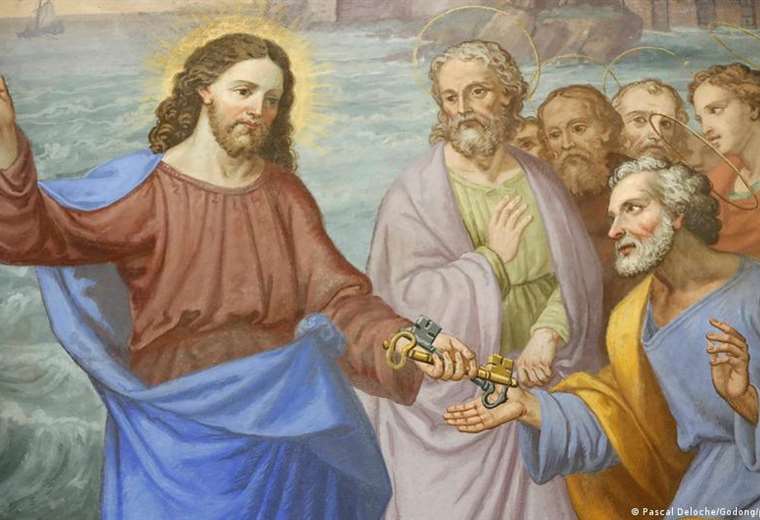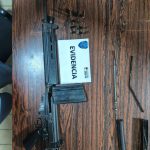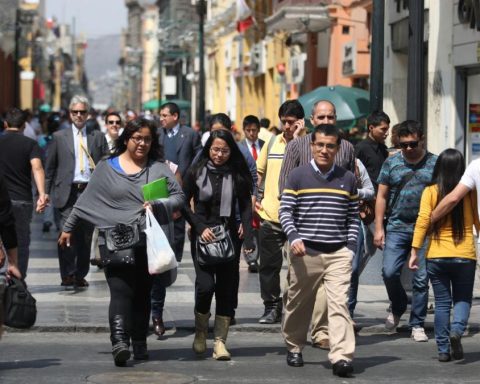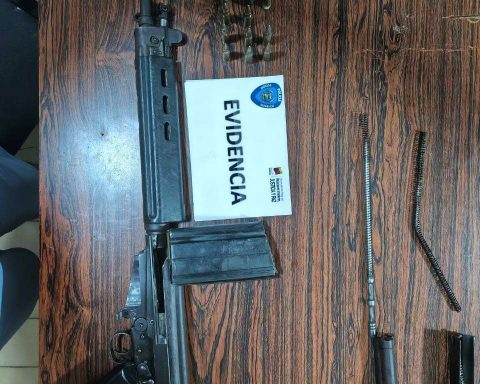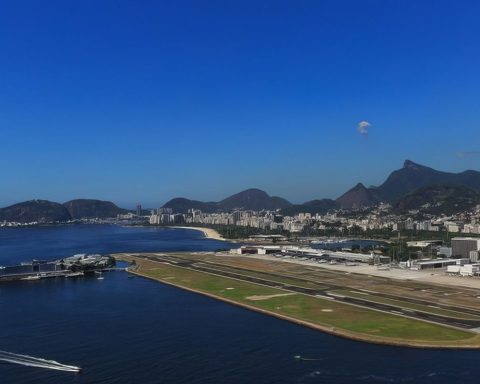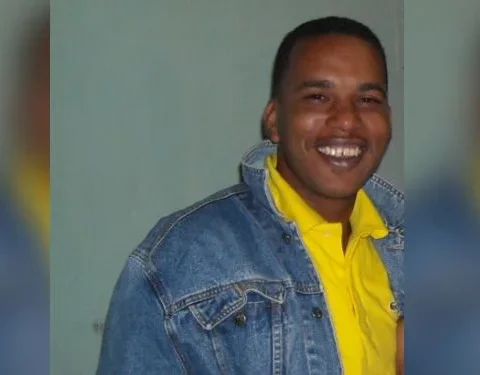August 18, 2022, 12:05 PM
August 18, 2022, 12:05 PM
During the excavations carried out in the city of Al-Araj, in northern Israel, on the shores of the Sea of Galilee, Archaeologists have discovered a Greek inscription with a request for intercession of the “chief and commander of the heavenly apostles”.
This title was commonly used by Byzantine Christian writers to refer to the apostle peteraccording to a statement by archaeologists from the “Center for the Study of Judaism Ancient and Christian Origins” (Csajco) of New York, who participated in the excavations.
Archaeologists maintain that Al-Araj is the ancient cities of Bethsaida and Julias and, therefore, the hometown of the three apostles Peter, Philip and Andrew.
According to the thesis, the inscription is framed by a round medallion formed by two rows of stones of black mosaic and also refers to a donor: “Constantine, the servant of Christ” (it would not be the Roman emperor of the same name).
“Church of the Apostles”
The inscription is part of a mosaic floor largest in the sacristy of the so-called “Church of the Apostles”, a Byzantine-era basilica.
“This discovery is our strongest evidence that Peter had a special relationship with the basilica and that it was probably dedicated to him,” said Steven Notley, scientific director of the excavations, according to the statement. He considers that this supports the thesis that the basilica is a reminder of the birthplace of the apostle.
It also supports the assumption that the church found at Al-Araj is the one mentioned by Bishop Willibald of Eichstätt. In his notes, he describes his visit to the Sea of Galilee, during which, on the way from Capernaum to Kursi in AD 725, he came across a church built on the abode of Peter and Andrew.
Furthermore, the church was found near the Roman settlement and therefore fits with Flavius Josephus’ location of Bethsaida. Other archaeological theories consider Et-Tell, two kilometers further north in the Golan Heights, to be the biblical Bethsaida.
According to the researchers, the cleaning of the church will be completed first; excavations will continue from October. During previous excavations, archaeologists had also found a 300-kilogram block of basalt with three embedded compartments, in addition to other finds from the early Christian period.
According to the estimates of the prominent archaeologist Mordechai Aviam, from the Israeli “Kinneret Academic College”, it could be a reliquary of the apostles Peter, Andrew and Philip.
